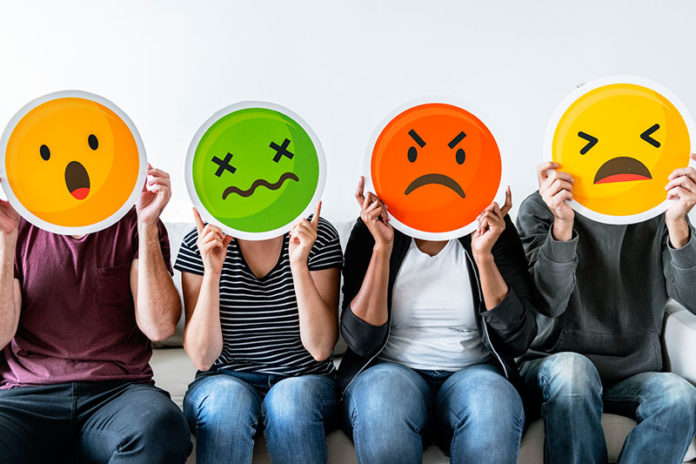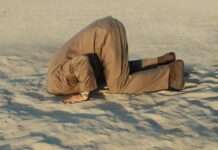A decade ago, America was in crisis. The economy was battered by the worst downturn since the Great Depression. Seven million jobs had vanished. Our military was mired in two costly, futile wars, with no end in sight. Terrorism, a constant specter, erupted in a mass shooting that left 13 dead and 32 wounded at Fort Hood.
Compared with that, the America of 2019 is the land of milk and honey. The economy has been growing for 10 years in a row. The unemployment rate is the lowest it’s been in 50 years, matched with low inflation. We are almost entirely out of Iraq, and only 14,000 troops remain in Afghanistan, down from the peak of more than 100,000. Americans worry far less about terrorism than they used to.
But the national mood doesn’t reflect the usual indicators. In June 2009, according to the RealClearPolitics polling average, 49% of Americans thought the country was on the wrong track, with 45% saying it was on the right track. Today, 56% say we’re on the wrong track, with only 38% saying we’re on the right track. In May 2009, Gallup found, 62% were “dissatisfied with the way things are going in the United States.” In May 2019, the number was 63%.
We are doing better. So why are we feeling worse?
The obvious answer is Donald Trump, who got 3 million fewer votes than Hillary Clinton and has not expanded his appeal since. Political scientist Jonathan Bernstein noted in Bloomberg Opinion that “there’s never been a president, at least from Harry Truman on, as consistently unpopular as Donald Trump.”
A common dislike can bring people together. But Americans are not united even in their feelings about the president. In fact, 87% of Republicans, like him, compared with 33% of independents and 8% of Democrats. The margin is even more lopsided (in reverse) than it was for Barack Obama at this stage of his presidency.
The likely explanation for why Trump provokes such bad feelings is that he strives so relentlessly to provoke them. No president in memory has made such a point, virtually every day, to find ways to stimulate conflict.
Who else would precede a visit to the queen of England by smearing a member of the royal family as “nasty” for something she said three years ago? What president would publicly mock the speaker of the house as “crazy”? (But then, Trump had previously dissed a Republican House speaker.) It’s impossible to imagine Ronald Reagan calling a rival politician “a loser” plucked “off the trash heap,” as Trump referred to Joe Biden.
He picks fights with allies — Germany, Japan, even Canada. (Canada!) He stokes tensions with enemies, including Iran and Venezuela. He rails against trade partners, notably Mexico and China. About the only leaders he gets along with are a handful of autocrats whose brutality entrances him.
He even smears people he appointed to high office. His first secretary of state, Rex Tillerson, was “dumber than a rock.” Attorney General Jeff Sessions was “VERY weak.” Former economic adviser Gary Cohn? “I could tell stories about him like you wouldn’t believe.”
Most presidents spend a lot of time trying to soothe fear and defuse controversy. Not this one. Trump needs conflict like normal people need oxygen. It’s his way of keeping himself in the spotlight. It’s his way of trying to intimidate people. It’s his way of dictating the storyline of his administration. It’s his way of binding his followers more tightly to him.
The practice serves his purposes by creating the illusion that he’s in control and dominating the world. But it creates broad anxiety, alarm and resentment in the citizenry.
This affects not just his critics but his admirers. His nonstop attack campaign delivers the message that they can never relax, lest the enemy — in the form of invading immigrants, nefarious Chinese, violent nonwhites, angry feminists or radical socialists — destroy our way of life.
Trump got into office by exploiting fear and false nostalgia. He pledged to make America great again, restoring it to some better time. But even when objective conditions improve, he can’t let people enjoy them, lest they turn to a different type of president. He has to continually pump toxins into the national bloodstream. He can’t let a sense of normalcy settle over the land.
Reagan won reelection in 1984 by proclaiming, “It’s morning in America.” With Trump, it’s always wildfire season.































